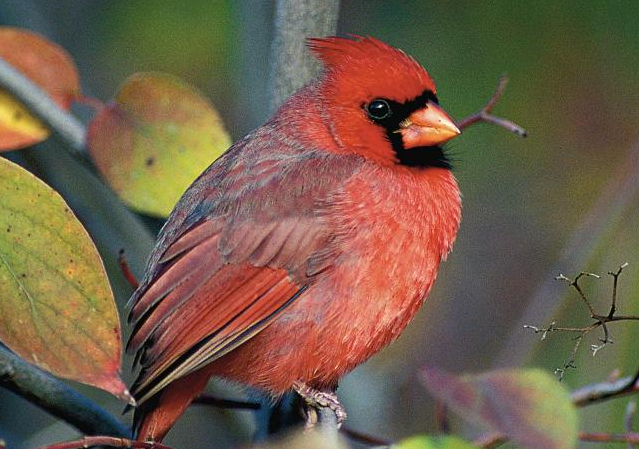Hidden in the lush hills of Ozark Missouri is a 10-acre forest known as Garrison Springs. Named for the Garrison family, it used to be privately owned but was still open to the public. School students took field trips to Garrison Springs when learning about Ozark history, students did work on the gardens, many prom photos were taken on the bridges, and visitors enjoyed the springs and gardens, all thanks to the Braswell family. In 2020 the City of Ozark took ownership of the land, and through funding from the Missouri Department of Conservation and the U.S. Forest Service, it has been turned into a community forest. Improvements to the property include trails, and future learning stations and a bird viewing area.
Garrison Springs Community Forest is now open to the public to enjoy! Learn more about the property on the City of Ozark’s webpage here.
Garrison Springs History
The namesake for the spring is the Garrison family, members of which are the well-known artist Howard Garrison and photographer Mary Garrison St. John.
These springs were once a water source for the town, and a stop along the historic Old Wire Road mail road.
From The Bruce Pegram Collection at Christian County Library
Garrison Springs Natural Features
The Garrison Branch is a tributary to the Finley River, joining the river near the historic Ozark Mill. The stream is fed by 3 springs on the property. The springs are part of an extensive cave system, which is the 7th longest known cave system in the state of Missouri.
Artificial damns along the stream. Photo by Sony Hocklander
Garrison Springs Wildlife
Many animals call Garrison Springs home, from deer in the field and squirrels in the trees, birds feeding on the plants, down to the fishes and macroinvertebrates living in the stream itself.
Northern Cardinal from Missouri Department of Conservation
Birds to keep an eye out for at Garrison Springs:
- Ruby-crowned Kinglet
- Golden-crowned Kinglet
- White-breasted Nuthatch
- Brown Creeper
- Blue-gray Gnatcatcher
- House Wren
- Carolina Wren
- European Starling
- Brown Thrasher
- Northern Mockingbird
- Eastern Bluebird
- Swainson’s Thrush
- American Robin
- Cedar Waxwing
- House Sparrow
- House Finch
- American Goldfinch
- Chipping Sparrow
- Dark-eyed Junco
- White-throated Sparrow
- Baltimore Oriole
- Red-winged Blackbird
- Brown-headed Cowbird
- Common Grackle
- Louisiana Waterthrush
- Northern Waterthrush
- Black-and-white Warbler
- Prothonotary Warbler
- Kentucky Warbler
- Common Yellowthroat
- American Redstart
- Northern Parula
- Yellow Warbler
- Chestnut-sided Warbler
- Yellow-rumped Warbler
- Yellow-throated Warbler
- Wilson’s Warbler
- Summer Tanager
- Northern Cardinal
- Indigo Bunting
- Canada Goose
- Mallard
- Rock Pigeon
- Mourning Dove
- Yellow-billed Cuckoo
- Common Nighthawk
- Chimney Swift
- Ruby-throated Hummingbird
- Great Blue Heron
- Green Heron
- Black Vulture
- Turkey Vulture
- Cooper’s Hawk
- Red-shouldered Hawk
- Red-tailed Hawk
- Great Horned Owl
- Barred Owl
- Belted Kingfisher
- Red-bellied Woodpecker
- Downy Woodpecker
- Hairy Woodpecker
- Pileated Woodpecker
- Northern Flicker
- American Kestrel
- Eastern Wood-Pewee
- Acadian Flycatcher
- Eastern Phoebe
- Great Crested Flycatcher
- Eastern Kingbird
- Red-eyed Vireo
- Blue Jay
- American Crow
- Fish Crow
- Carolina Chickadee
- Tufted Titmouse
- Northern Rough-winged Swallow
- Barn Swallow
- Cave Swallow






